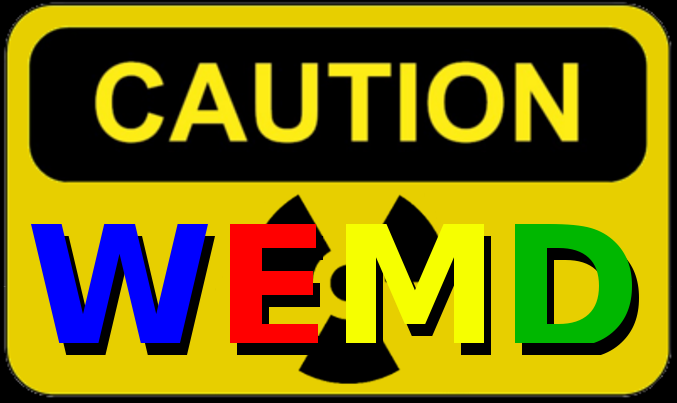 The last week has been filled with turmoil as the expanding effects of the EMD/PMD update Google rolled out sparked off waves of outrage and indignation as website owners began to see their rankings slide.
The last week has been filled with turmoil as the expanding effects of the EMD/PMD update Google rolled out sparked off waves of outrage and indignation as website owners began to see their rankings slide.
Minor weather report: small upcoming Google algo change will reduce low-quality “exact-match” domains in search results.
— Matt Cutts (@mattcutts) September 28, 2022
The particular issue here was that this update was framed as targeting poor quality websites with exact match domain names (think www.bluewidgets.com for a site specialising in the sale of “blue widgets”), but a lot of the biggest casualties were at best, partial match domains (PMD) which also saw massive drops in traffic. Truth is that the prevailing feeling was that there was more to this than what we had already seen.
On the 30th September Matt Cutts, head of Google webspam tweeted an acknowledgement that there was another update, but his remarks were as inconclusive as ever;
@gregrysmith yes. 500+ algo launches/year mean 1-2 a day. I know of at least one other algo rolling out over same timeframe for example.
— Matt Cutts (@mattcutts) September 30, 2022
Whilst not clearing up the seemingly erratic rankings shifts, it did seem that suspicions of more going on were justified. Without knowing exactly what was rolled out, however, diagnosing the causes of ranking changes with any degree of certainty was tough.
A brief moment of clarity came 3rd October when Mr Cutts finally spilled the beans and confirmed that on the 27th September, a new Panda update was introduced. Dubbed as “Panda 20” by some and 4.0 by others, this signals not a common or garden data refresh, but a full update. Matt Cutts sent the following confirmation to Search Engine Land:
“Google began rolling out a new update of Panda on Thursday, 9/27. This is actually a Panda algorithm update, not just a data update…This update affects about 2.4% of English queries to a degree that a regular user might notice, with a smaller impact in other languages (0.5% in French and Spanish, for example).”
From the early signs it seems as if this may explain large portions of the recent rankings shifts, but only time will tell before the full damage becomes apparent and further update information surfaces.
What does this mean for website owners? Well, the two updates could potentially mean different things, however, the fact that the EMD update was designed to target low quality exact match domains there is a very good chance that there will be a degree of correlation between the two. For example, those looking to rank well based on the exact match domain along with a small amount of thin, duplicated or spammy on-page content, chances are that you will have been hit by both. However, those non-EMD/PMD sites which have seen ranking drops could well be looking at a content issue in-line with past Panda updates.
The mention of Panda should be a good sign for website owners and SEOs everywhere to go and reassess their on-page content, check keywords for over-usage and ensure that any pages which have thin or duplicated content are being addressed as a matter of priority. As is the case after every update there will be some winners and losers, but the key is if you’re one of the unlucky ones you need to identify possible issues with content quality and act accordingly.
Stay tuned to the High Position blog for our own before and after EMD keyword comparison coming soon!










